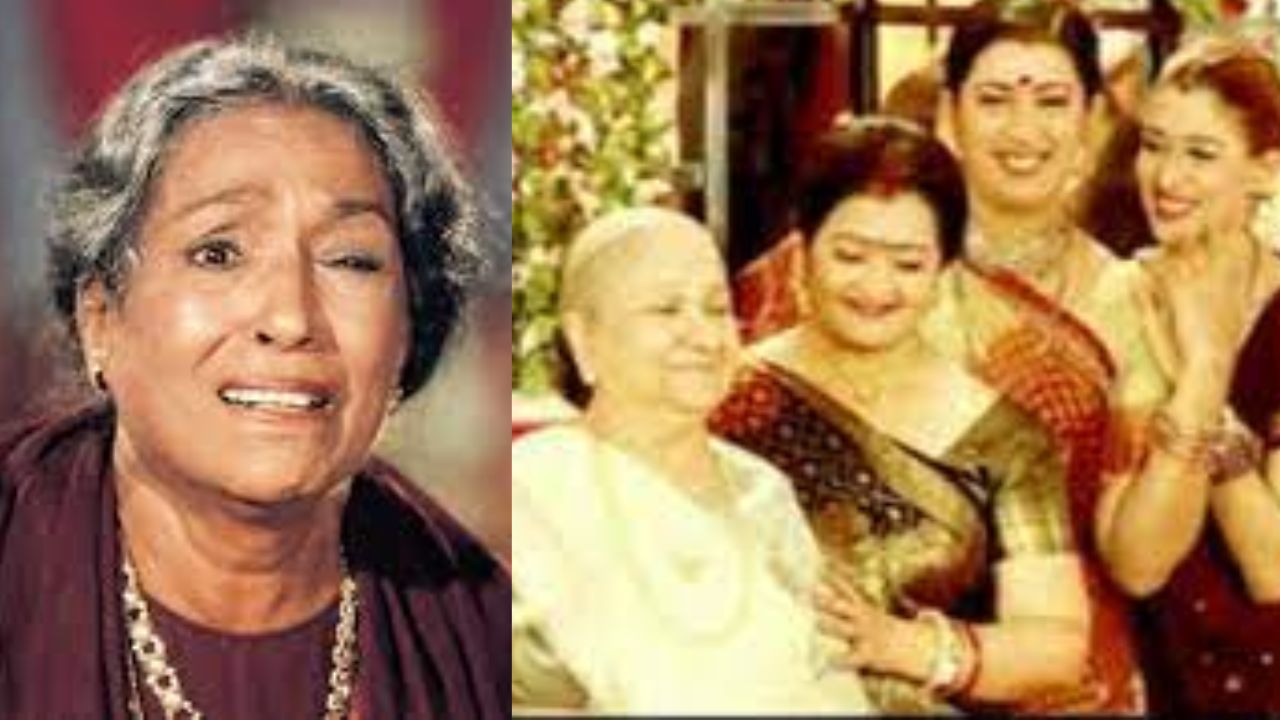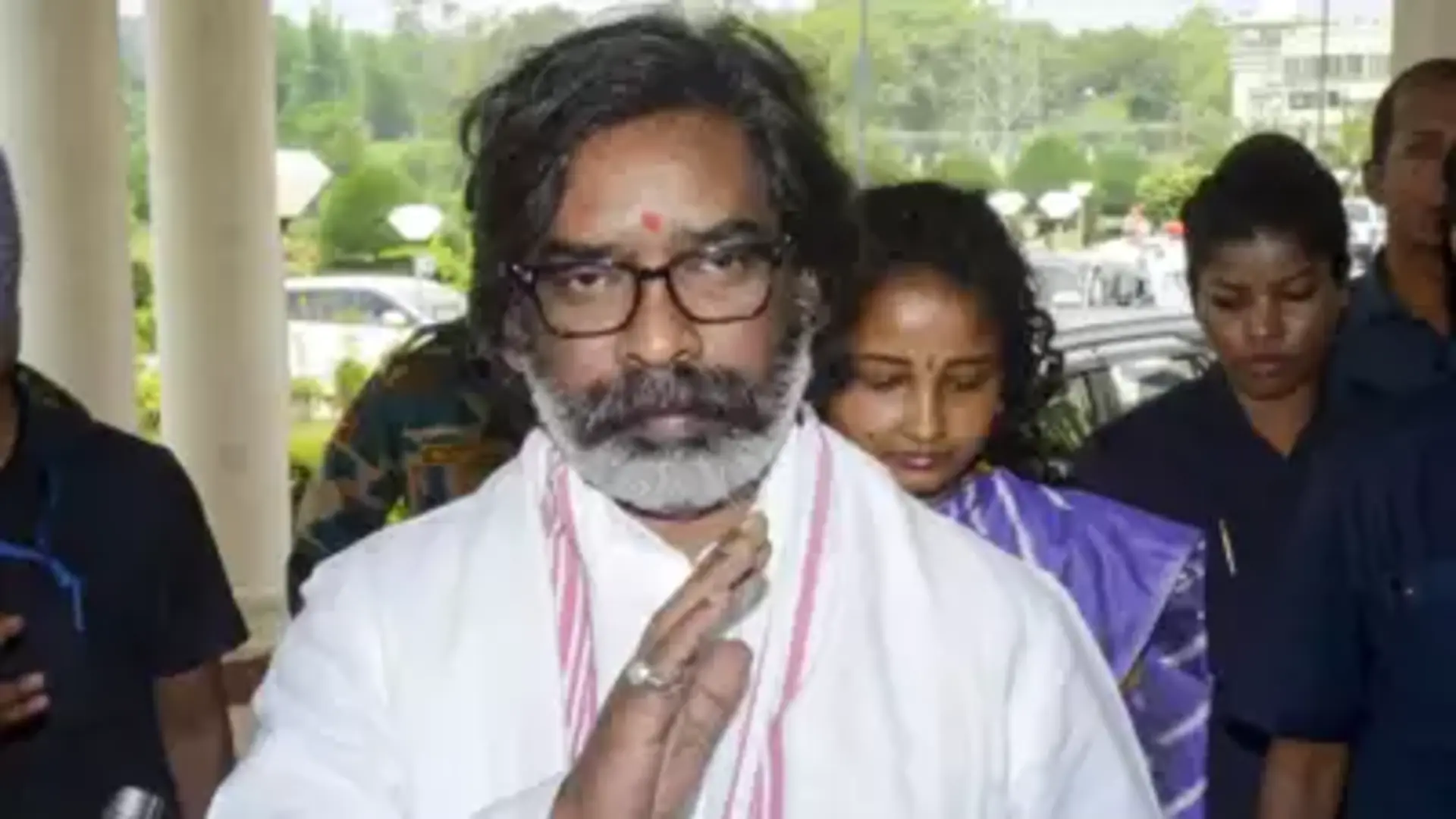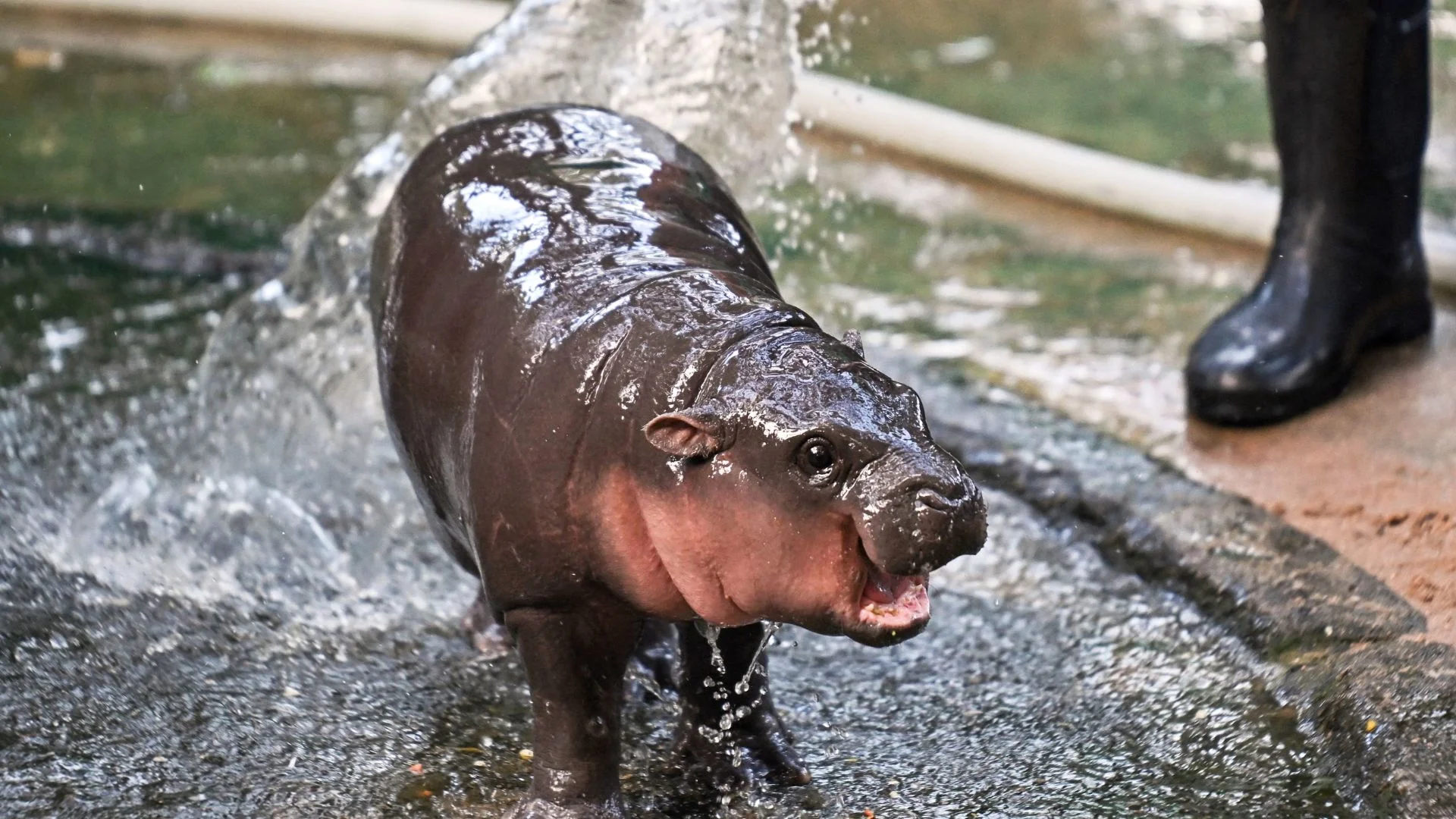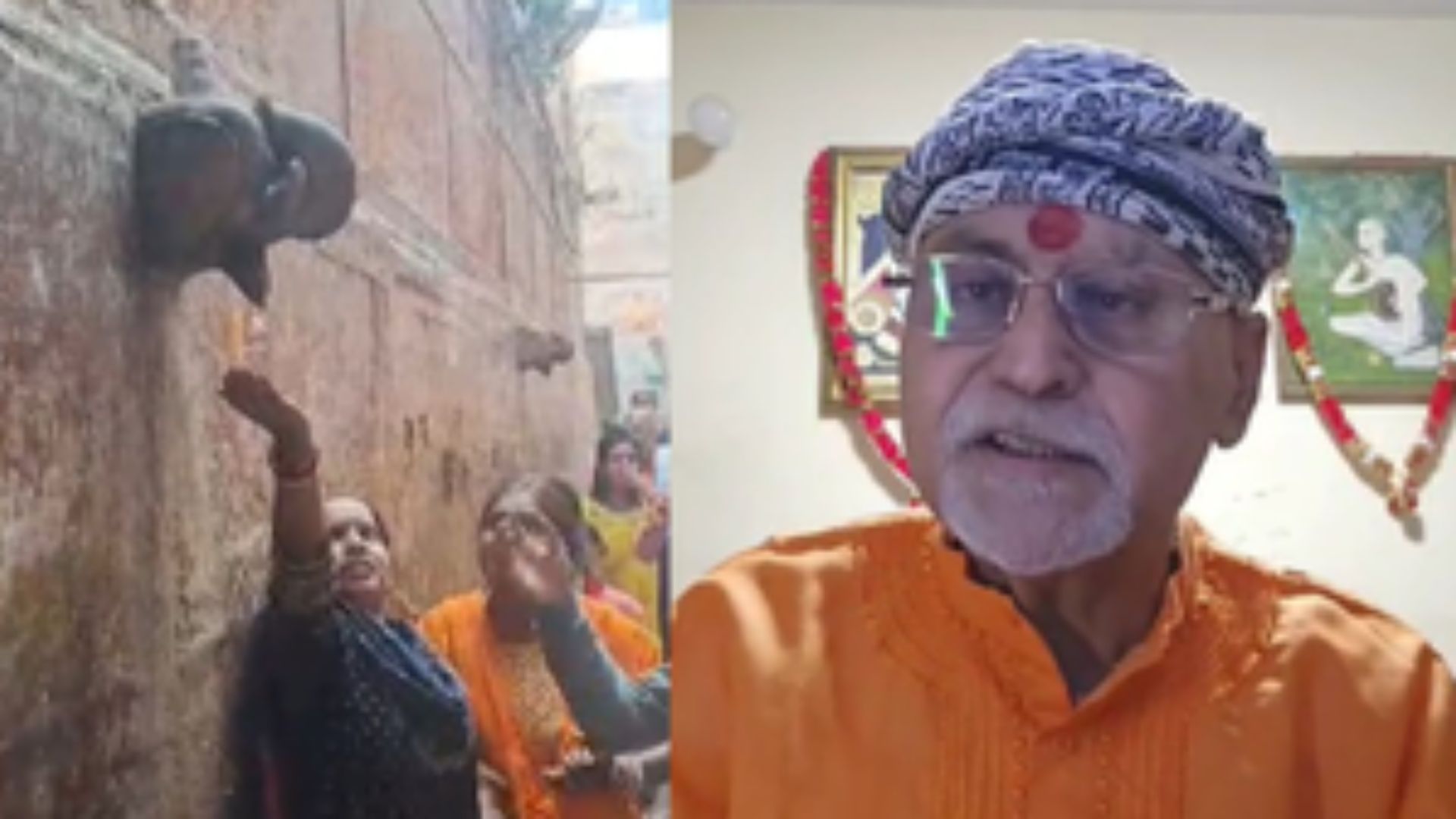
There is evidently a huge interest in stories related to mothers-in-law in India, but oddly enough, it appears confined to the screen. Before television came into its own, the nasty mother-in-law who harassed and persecuted the innocent daughter-in-law appeared frequently in cinema of the sixties and the seventies. Lalitha Pawar with her squint was considered to be the star performer in such roles. On the small screen, the mother-in-law’s huge potential was perhaps first discovered by Ekta Kapoor when she launched her now legendary television serial “Kyunki Saas Bhi Kabhi Bahu Thi.”
The serial was a phenomenal success, and it launched many careers including that of Ekta Kapoor, the show’s producer and Smriti Irani, who played Tulsi, the daughter-in-law and protagonist. Ms Irani became nationally well-known but instead of graduating to cinema, went on to forge a successful career in politics holding different Cabinet-level positions.
“Kyunki Saas Bhi Kabhi Bahu Thi” was also hugely popular in countries in India’s neighbourhood, especially in Afghanistan, where the serial was translated into Dari, a dialect of Persian spoken in the country. Smriti Irani herself became a household name there, with her posters being sold on the streets of Kabul.
Tales of the mother-in-law are therefore popular not only in India but across South Asia and possibly in other countries as well. Decades later, there continues to be abiding interest among television audiences. The mother-in-law, mind you, is not always cast as a villain. Sometimes she is a good person with a special warm relationship with her son’s wife. Sometimes she is nasty to begin with but is reformed by her daughter-in-law. It is somewhat inexplicable why on the one hand there continues to be an excess of mother-in-law-related soaps on television, yet at the same time, few novels explore the “saas-bahu” relationship. Is it perhaps because television serials are episodic in nature whereas novels often tell a singular tale?
Such an explanation is not entirely convincing, for there is no reason why a novel cannot adapt itself to such a format if it is clear to publishers that sufficient demand exists among the reading public. Leaving aside novels focused on the “saas-bahu” relationship there do not even appear to be many collections of short stories woven around it. What possible explanation can there be for this clear divergence between the treatment meted out to the mother-in-law by producers of television serials vis-a-vis the publishers of fiction?
Is it possible that publishers consider themselves and their product, a work of printed fiction superior to standard fare delivered by soapbox television producers? A credible theory perhaps for any publishers bringing out highbrow or literary fiction exclusively but definitely not a plausible explanation for mainstream publishers who are in the business to make money.
Is it possible that Indian publishing houses have simply not figured out that this is a potential gold mine waiting to be harvested? Even given the traditional cowardice of publishers, what harm could there be in carrying out an experiment on a limited basis with the commissioning of two or three such short story collections or an episodic novel as the case may be? It may be an idea to throw in a couple of stories told from the son-in-law’s perspective, to broaden the readership appeal to include men. The publisher could wait and see how the market responds to such an experiment.
Around 2010, Mills and Boon, part of Harlequin, known globally for churning out formulaic romantic novels decided to encourage Indian writers to write stories with a view to tap the Indian market for romantic fiction. Despite initial promise, the results were not overwhelming. Part of the explanation may have been that formulaic fiction cannot be so easily transplanted to another setting. For instance, doctor-nurse romances, one of the popular formulas used by Mills and Boon may work in the West and Indian readers may also enjoy reading such tales set in overseas locations. On the other hand, a doctor-nurse romance set in India would simply not work. The class divide in India between these two professions is too vast; such romances, if written, would upset and outrage many readers. It could, in any case, never become a generic formula. Some years ago, when Mills and Boons found a dip in their sales following hurried consultations between senior management, sales and editorial, they decided to modify their romantic fiction formula by adding a few steamy scenes.
This change was carefully calibrated for the publishers did not wish to be accused of peddling soft porn, and risk losing an established market. Sales shot up. It appears that modern readers did want a bit more “action”. Such a revised formula is, however, unlikely to achieve major success in India. Is it a good idea to throw in a “tadka” of “saas-bahu” relationship into such stories? However, there is a problem here. Since romance novels are mostly about entanglements before marriage such a masala addition would need to have a prospective mother-in-law and daughter-in-law subplot.
One alternative would be to experiment with telling romantic tales between already married couples where the mother-in-law features as a temporary complication that is eventually resolved with a happy-ever-after conclusion. Perhaps this is a formula waiting to be tested? Even if book sales are slow to begin with, producers like Ekta Kapoor will be only too glad to pick up the rights for such fiction to create a television serial or web series. Who knows it, could even spark a bidding war between different TV production houses. Moreover, if the television serial succeeds in drawing an audience, book sales may also see a steep rise. Let sceptics not forget that this is exactly what happened with Vikas Swarup’s “Q and A” on which Slumdog Millionaire was based. Are any publishers listening? This could well be the next big thing in Indian publishing.
Rajesh Talwar has authored thirty-eight books across multiple genres and has worked for the United Nations for more than two decades across three continents. His latest book is “Where Elephants Danced and Dragons Flew.”















